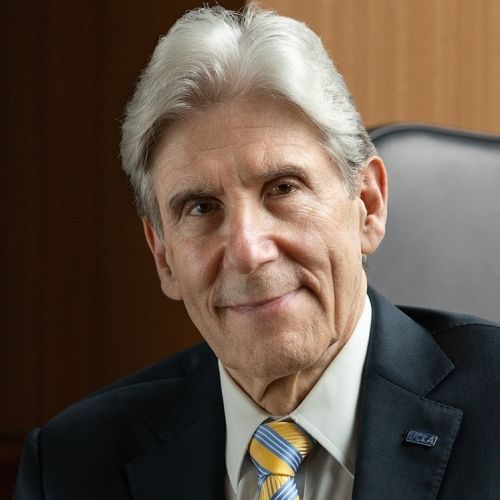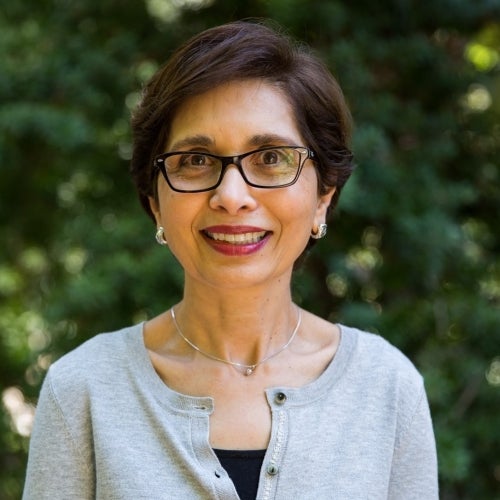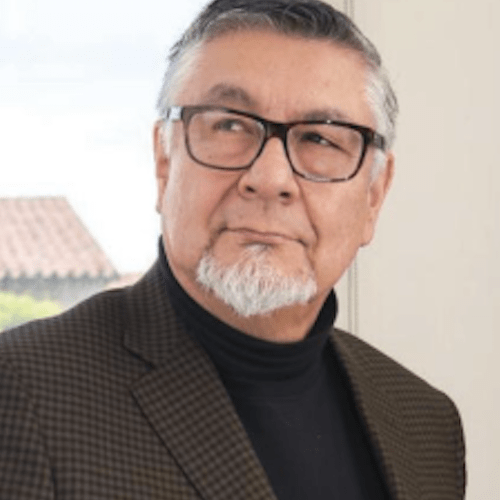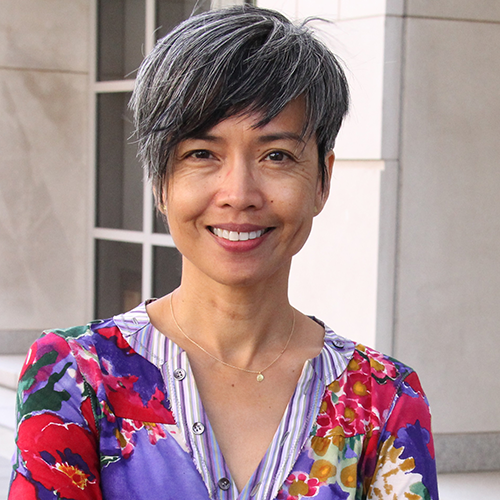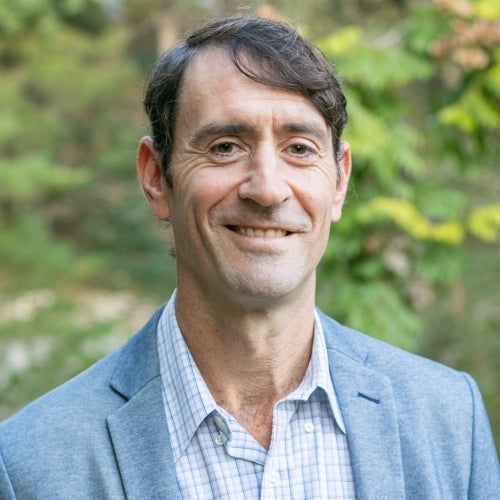Researchers evaluate impact of COVID-19 pandemic on Medi-Cal’s Whole Person Care Program
Research led by Dr. Nadereh Pourat found fewer emergency department visits and hospitalizations, and more outpatient telehealth visits in 2020.

Researchers at the UCLA Fielding School of Public Health's UCLA Center for Health Policy Research, led by Dr. Nadereh Pourat, Fielding School professor of health policy and management and associate director of the Center for Health Policy Research (CHPR), examined how the pandemic impacted service utilization under the Whole Person Care (WPC) Program, a statewide Medi-Cal demonstration launched in 2016 to integrate medical, behavioral health and social services for high-utilizing Medi-Cal beneficiaries.
The authors also reported how WPC implementation changed in 2020: nearly 2.3 million confirmed COVID-19 cases and 25,986 related deaths were reported in 2020 in California alone, and larger numbers of cases and deaths were among lower-income populations, including Medi-Cal beneficiaries.
The authors found that 4.1% of WPC enrollees or 8,738 program participants had at least one COVID-19-related service. Findings showed demographic and health differences between those with and without a COVID-19 diagnosis. For example, more of those with severe mental illness or substance use disorders (5.5%) had COVID-19 diagnoses. In addition, patients with a diagnosis had higher use of primary care (42%) vs. emergency department visits (33%).
Researchers also found reduced use of primary and specialty care services following stay-at-home orders in 2020 and compared to 2019, followed by an increase in number of telehealth visits later in the pandemic. Data show a reduced use of emergency department visits and hospitalizations following the stay-at-home orders and to the end of 2020.
The changes in service use occurred with the 25 Whole Person Care Pilots, or sites participating in the program. Pilots reported challenges in delivering WPC services because of pandemic-related shutdowns and physical distancing requirements that hampered abilities to deliver in-person services (20 pilots); hiring freezes (17); reduced ability to conduct field-based outreach to engage patients experiencing homelessness (16); and safety concerns and staff being reassigned to other COVID-response activities (17). Despite these challenges, pilots reported continued enrollment under WPC, easier access to enrollees at their homes (18 pilots), increased opportunities to house enrollees, and improved relationships with community partners to deliver care to individuals at higher-risk of contracting COVID-19.
“Our findings highlighted how the pandemic impacted health care utilization of WPC enrollees in 2020 and the efforts undertaken by pilots to manage pandemic-related disruptions to delivery of WPC services,” said Pourat, lead author of the study. She also leads the Center’s Health Economics and Evaluation Research Program, which is in charge of evaluating the Whole Person Care Program and other Medi-Cal demonstrations by the California Department of Health Care Services.
Other key findings from the study include:
- Overall enrollment increased by 25.1% from December 2019 through December 2020 – 77,198 vs. 96,563 enrollees, respectively.
- Patients with a COVID-19 diagnosis were more often women (47% vs 44%), ages 50 to 64 (35% vs 31%) and Latinx (42% vs 26%) compared to those without.
- The number of emergency department visits declined in April 2020 compared to April 2019 (202 vs. 143 visits) and stayed lower in December 2020 compared to December 2019 (198 vs. 141 visits).
- Trends in daily hospitalizations from COVID-19 mirrored trends in confirmed cases, peaking at 18 and 52 hospitalizations per 100,000 in July 2020 and December 2020, respectively.
- Before the pandemic, less than 0.1% of primary care and specialty health services were delivered via telehealth. This rate increased to 2% of primary and 3% of specialty services in March 2020, and 9% of primary and 10% of specialty services in December 2020.
Pourat said the pandemic-related disruptions would not be a major barrier to evaluating the impact of WPC in California. The program evaluation findings are used by Medi-Cal to guide the implementation of the upcoming Enhanced Care Management benefit under a major overhaul of Medi-Cal starting in 2022.
“These findings show the value of Whole Person Care’s infrastructure and that it serves as an effective model for future Medi-Cal programs,” she said. “Our broader evaluation findings also support the possibility that beneficiaries enrolled in this program may have less demand for care coordination and housing support services than Medi-Cal beneficiaries not enrolled during the transition to the California Advancing and Innovating Medi-Cal initiative, better known as CalAIM, starting this month.”
by Elaiza Torralba
The UCLA Fielding School of Public Health, founded in 1961, is dedicated to enhancing the public's health by conducting innovative research, training future leaders and health professionals from diverse backgrounds, translating research into policy and practice, and serving our local communities and the communities of the nation and the world. The school has 761 students from 26 nations engaged in carrying out the vision of building healthy futures in greater Los Angeles, California, the nation and the world.
Faculty Referenced by this Article
Nationally recognized health services researcher and sociomedical scientist with 25+ years' experience in effectiveness and implementation research.

Dr. Michelle S. Keller is a health services researcher whose research focuses on the use and prescribing of high-risk medications.

Dr. Ron Andersen is the Wasserman Professor Emeritus in the UCLA Departments of Health Policy and Management.

EMPH Academic Program Director with expertise in healthcare marketing, finance, and reproductive health policy, teaching in the EMPH, MPH, MHA program

Professor of Community Health Sciences & Health Policy and Management, and Associate Dean for Research
















